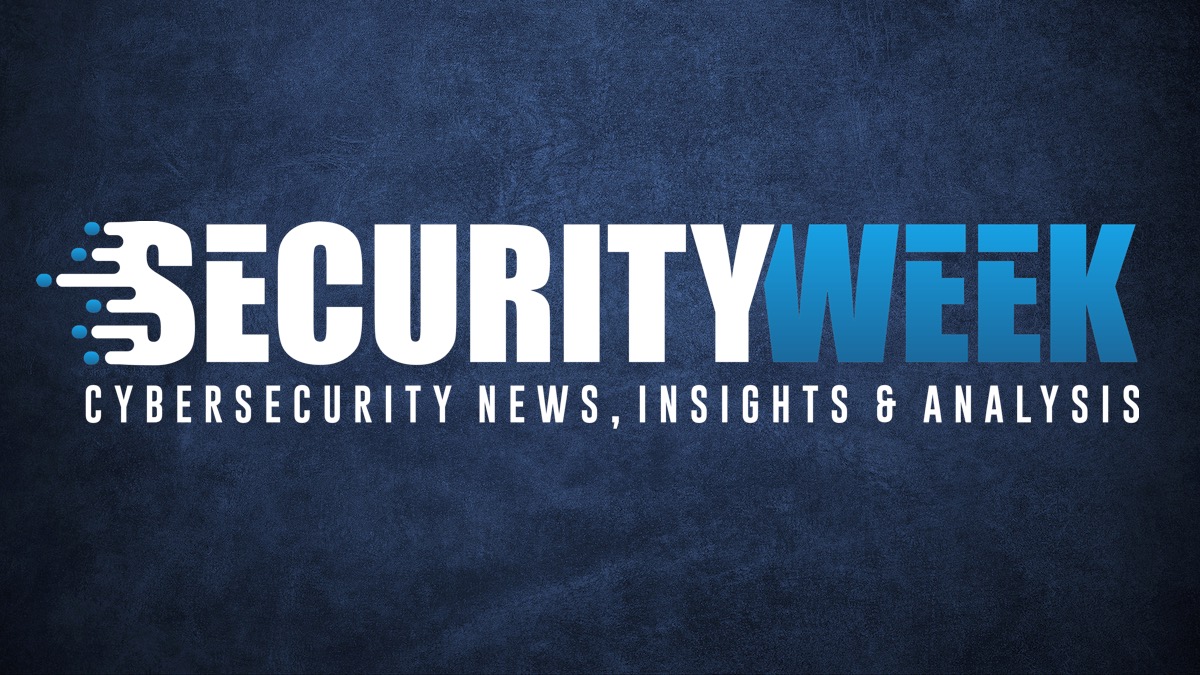Key Takeaways:
I. Exein’s €70M raise signals investor recognition that IoT security must adapt to the rapidly escalating physical and operational risks facing digital infrastructure.
II. Surging data center energy demand—set to reach up to 12% of U.S. electricity consumption by 2028—exposes even the most secure digital assets to cascading grid failures and operational downtime.
III. Market dominance by top 5 tech firms (65% value share in 2024) intensifies competitive pressure, making technical differentiation and holistic risk management non-negotiable for new entrants like Exein.
Exein’s €70 million raise arrives at a watershed moment for critical infrastructure security, where the convergence of unprecedented digitalization and physical grid stress has created a new breed of systemic risk. U.S. data center electricity consumption soared from 58 TWh in 2014 to an estimated 176 TWh in 2023—a 203% surge—while Texas alone is projected to see data centers account for nearly 11% of total electricity demand by 2030, up from 4.6% in 2023. This growth is not merely digital; it is anchored in the physical world’s finite energy and transmission capacity. As AI and hyperscale deployments accelerate, the boundary between cybersecurity and operational risk is dissolving, exposing a paradox: even the most sophisticated device-level defenses cannot compensate for foundational vulnerabilities in the grid. Exein’s funding punctuates a market shift, foregrounding the need for cyber-physical integration as the only viable path to resilience.
Device-Level Security vs. Systemic Physical Risk
Exein’s core proposition—embedding security at the device and firmware layer—addresses a critical but increasingly insufficient aspect of infrastructure defense. As of early 2025, 78% of new industrial control systems (ICS) deployments in energy and manufacturing specify device-level security requirements, up from 51% in 2022. However, this progress collides with mounting operational risk: 72% of reported critical infrastructure breaches in the past 18 months involved exploit pathways that combined digital vulnerabilities with physical system failures, such as power or cooling outages. The rising interdependence of cyber and physical domains necessitates a new security calculus, where device hardening is only one node in a much larger resilience network.
The sector’s competitive landscape is dominated by established technology giants, with the top five companies capturing 65% of overall market value in 2024, while new-to-list firms like Exein account for only 9%. This concentration not only limits market entry but also shapes procurement criteria: buyers increasingly demand end-to-end solutions that integrate with power management, real-time anomaly detection, and supply chain monitoring. Exein’s differentiation hinges on its ability to extend device-level controls into these broader operational contexts, offering measurable reductions in both cyber risk and energy-driven downtime. Any lag in this integration risks relegating new entrants to niche adoption or acquisition targets rather than market leaders.
Technical differentiation in device security now requires demonstrable impact on key operational metrics—specifically, total cost of ownership (TCO) and mean time between failures (MTBF). Industry surveys reveal that security solutions reducing unplanned downtime by even 0.5% deliver annual savings exceeding $1.8 million for a 50 MW data center operation. Exein’s architecture must therefore not only block firmware-level back doors but also interoperate with predictive maintenance and grid-monitoring systems, enabling automated failover responses to physical anomalies. This convergence is where future market winners will emerge: not from the best encryption, but from the best integration of digital and physical risk management.
The regulatory environment is evolving rapidly, with new mandates such as the EU’s NIS2 directive and U.S. TSA cybersecurity requirements for critical infrastructure explicitly calling for cyber-physical risk assessment and reporting. In 2024, 61% of infrastructure operators in Europe reported increased compliance spending, with average budgets rising 18% year-on-year. Exein’s platform must be architected to not just meet, but anticipate, these shifting standards—incorporating automated compliance validation, audit-ready reporting, and adaptive risk scoring. Proactive alignment with regulatory trends enables faster procurement cycles and positions the company as a long-term strategic partner rather than a reactive technology vendor.
The Unseen Foundation: Energy Grid Instability and Digital Risk
Data center energy consumption has reached a tipping point: U.S. electricity use by data centers surged 203% in under a decade, from 58 TWh in 2014 to 176 TWh in 2023, with projections as high as 12% of total U.S. demand by 2028. Texas exemplifies this strain, where data centers are expected to consume 11% of grid capacity by 2030, up from 4.6% in 2023. This exponential growth is not matched by grid modernization, creating a physical bottleneck that threatens the uptime of every digital asset, regardless of its cyber defenses. The risk is no longer hypothetical: 38% of unplanned outages in the past year were attributed to grid instability, not digital attack vectors.
The project pipeline is staggering: ERCOT’s queue for new large-load connections stands at 56,458 MW per year as of early 2025—a 73% increase from 2022. Flagship ventures like the $500 billion Stargate joint venture, planning 20 hyperscale data centers, exemplify the scale of future demand. This backlog is not merely a sign of growth, but a leading indicator of systemic risk: without synchronized investment in generation, transmission, and localized resilience, even the most advanced IoT-secured facilities face downtime and revenue loss from cascading grid failures.
Transmission constraints are now the defining bottleneck. Despite record investment in renewable generation, 61% of utilities in North America cite transmission limits as the main risk to data center reliability. The capital expenditure required for grid upgrades is estimated at over $150 billion by 2030 in the U.S. alone, but permitting delays and community resistance (with project lead times averaging 7.2 years) threaten to stall critical infrastructure. For security startups, this means that product value must be measured not only in cyber efficacy but also in the ability to adapt to a dynamic grid, including automated failover and power-aware risk mitigation.
The shift toward self-generation and power purchase agreements (PPAs) is a direct response to grid volatility. In 2024, over 40% of new data centers in Texas secured behind-the-meter wind or solar PPAs at prices averaging $41/MWh—well below ERCOT’s spot prices, which spiked above $150/MWh during peak demand events. This transition fundamentally alters the TCO calculus for digital infrastructure: facilities with self-generation or microgrid capabilities report 29% fewer outages and average annual cost savings of $2 million per site. For Exein and its peers, competitive advantage will accrue to those able to integrate security at the intersection of digital and energy infrastructure.
Strategic Imperatives: Winning in a Cyber-Physical World
Exein’s post-raise trajectory will be defined by its ability to demonstrate quantifiable reductions in both cyber and operational risk for customers in energy-stressed markets. In Texas, for instance, the operational risk premium for data center downtime can exceed $9,000 per minute, while power costs can add $30–$70/MWh to TCO in grid-constrained regions. Exein’s success depends on deploying integrated solutions that proactively address these financial risks, enabling customers to realize both regulatory compliance and measurable ROI through lower outage frequency and enhanced operational resilience.
The broader security market is shifting irreversibly toward cyber-physical resilience. By 2026, more than 60% of Fortune 500 infrastructure procurement will specify cyber-physical risk mitigation as a core requirement, up from just 24% in 2022. For VCs, this means diligence must extend beyond software performance to metrics like PUE (targeting below 1.2), renewable power integration (target 50%+), and outage frequency (below 0.8/year). For founders, the imperative is clear: build platforms that quantify and monetize risk reduction across digital and physical layers, or risk obsolescence in a market where resilience is fast becoming the ultimate differentiator.
The Multi-Trillion Dollar Stakes of Cyber-Physical Resilience
Exein’s €70M raise is more than a funding milestone—it is a signal that the market now prizes holistic cyber-physical resilience over isolated digital defenses. With global tech market capitalization exceeding $18.7 trillion in 2024 and U.S. data centers alone consuming 176 TWh annually, the monetary value at risk from unmanaged grid and operational vulnerabilities is unprecedented. The winners of the next decade will be those who build solutions that fuse cybersecurity with energy and operational intelligence, capturing not only technical superiority but also economic and reputational advantage in a risk landscape where physical and digital are inseparable.
----------
Further Reads
II. Data centers pose energy challenge for Texas
III. Data Centers in Texas: Powering the Future or Overloading the Grid?

